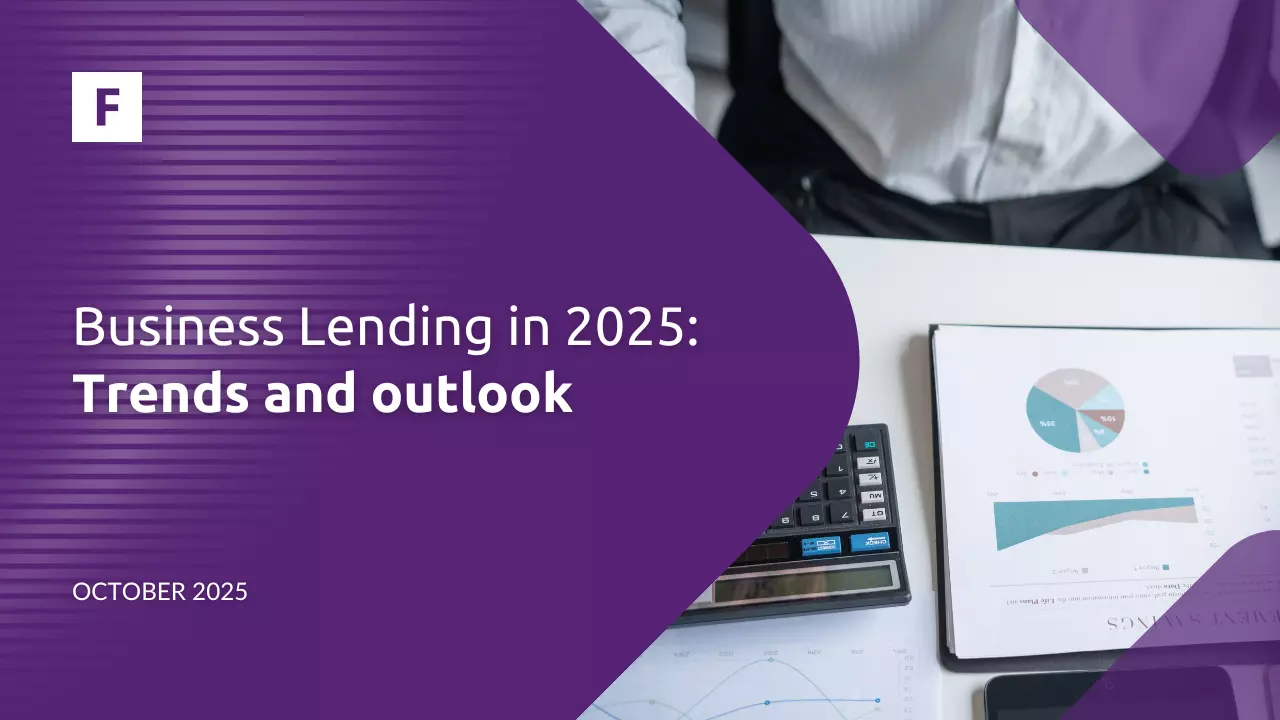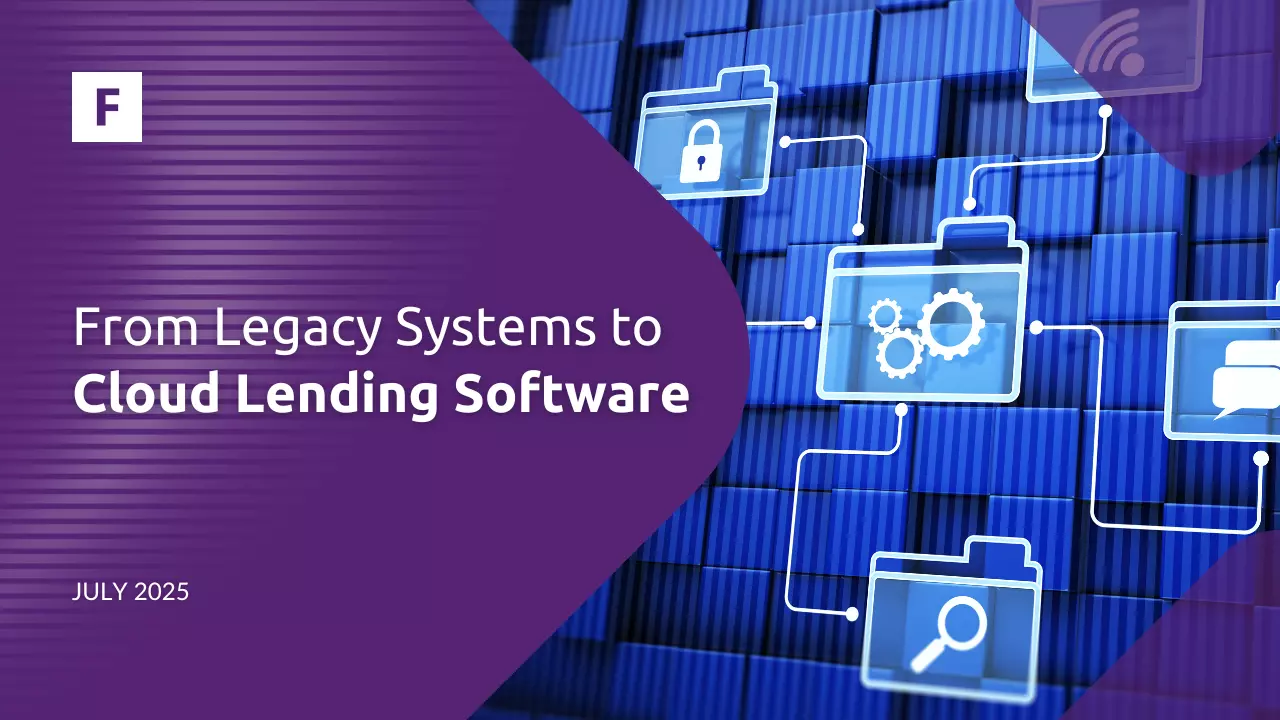Credit cards have become integral tools in our daily lives, facilitating transactions and adapting to evolving financial environments. With the emergence of innovations such as virtual cards and buy-now-pay-later options for online payments, consumer finance is undergoing significant transformation.
Everybody uses credit cards in today's fast-paced and ever-changing society. The people you see on the street, the people you work with, the customers of your company -- credit cards are a crucial part of our life and are becoming even more so day by day. Surprisingly, one of the reasons for the success story is caused by current uncertain times in the financial world.
The conception of credit cards is quite simple and has mostly stayed the same since the 1980s. Shortly, credit cards are financial tools that allow users to make payments or borrow funds. Although physical cards come in different colors, they are generally designed the same way. We could group them into 8 categories.
A brief guide into Credit Cards
Let's dive into the world of credit cards starting with cards that give back the most -- rewards credit cards. This type of card typically gives back points to the customer based on a percentage of spending. Not every rewards card gives back money, some offer bonus points that can be spent on groceries, gas or dining. Additionally, there might be different ways to redeem bonus points, including statement credits, gift cards, or merchandise. Rewards credit cards are the best option for everyday purchases.
Similarly to rewards cards, return cash back credit cards money to the client. Clients earn cash back or statement credits depending on the purchase. Some cash back cards offer a flat rate on spendings, while others offer bonus points for categories like dining or travel.
Travel credit cards are suitable for frequent travelers. Credits earned by traveling can be spent on the next travel purchase or transferred to airline or hotel programs. People who often travel for business or pleasure, are advised to use luxury travel credits which offer access to airport lounges or annual travel credits.
Business credit cards help separate personal and business expenses, offering rewards for business spending, such as cash back or travel rewards. Eligibility usually requires business ownership or income generation. Some business cards offer a flat rate for all of your purchases, whereas other cards reward common business expenses, such as travel and internet services, at a higher rate. Most business cards let cardholders to exchange rewards for cash back or airline miles. In conclusion, business cards help to benefit from everyday spending and make running a business easier.
Young people are generally advised to use student or "starter" cards. This type of card can be used by anyone with a limited or no credit history. Applying for a student card doesn't expect meeting many requirements and making approval is easier compared to traditional cards.
Typically, credit cards are unsecured, meaning no upfront collateral is needed. In contrast, secured credit cards require a cash deposit to secure a small credit line, often matching the deposit amount. Even though paying a deposit may be inconvenient, secured cards are the easiest type of credit card to get approved for.
Co-branded credit cards, provided by major issuers, are affiliated with specific stores, airlines, or hotels. They allow cardholders to earn rewards tailored to those brands, such as airline miles or hotel points, and can often be used for purchases beyond the affiliated brand.
Store credit cards are provided by retail outlets and enable customers to make payments over time. They are generally restricted to use within the issuing store, although certain cards may be accepted across affiliated stores. Store cards allow to buy things on credit, but they often have higher interest rates than regular credit cards and may charge retroactive interest if cardholders don't pay off the balance in time. However, making payments on time may lead to perks and rewards.
Credit cards are being used more and more every year. The size of Europe's credit cards market is expected to grow from today's 2.47 trillion US Dollars to 2.82 trillion USD by 2029. This makes the annual growth in numbers of transactions made with credit cards to over 13%. Despite the current global economic crisis and challenging times in the financial services industry, the huge growth continues with stability.
With great growth comes great potential. Currently, 80% of transactions in Europe are still made with cash, although these numbers could change overnight. During the COVID-19 pandemic, the use of credit cards rose by 60% in the United Kingdom. In order to be more hygienic people also started to make more contactless payments. David Oppenheim, Global Head of Ecosystem Partnerships at Paymentology, concurs that economic factors influence consumer behavior. "Evidently, credit cards are strongly linked to market conditions. In a post-covid world and with the fear of a recession, consumers are shifting back to credit card spending from debit cards," said Oppenheim in the Future of Credit report.
Among European countries, Albania and Moldova have the lowest usage of credit cards. To gather more people to cease using cash, European card issuers need to uncover new ways to reach potential clients. New ways include more refined reward programs, introducing enchanted programs, and developing targeted offerings for different segments.
Credit card market trends within Europe and US
Iceland takes the throne as the country that makes the most credit card penetrations in Europe. Another Nordic country, Norway, deserves honorable mention since 71% of its adult population uses credit cards. They also have the lowest cash use in Europe. 4% of Norwegians used cash for POS payments in 2021. A situation similar to Norway can be found in the US as 84% of American adults have their own credit card. Cardholders are increasingly turning to contactless payment options that provide faster transactions and greater convenience, simply by holding their credit cards close to card readers.
Contactless payments are going mainstream. In the US more than 95% of all merchants are now accepting contactless payments. This trend has gained traction in Canada as well, where about 75% retailers accept contactless card payments.
Making payments through wearables is becoming popular. CEO of Apple, Tim Cook, said in the article about How Purewrist Makes Contactless Payments Accessible To All that wearables are the next contactless payment frontier. It is common to make credit card payments through Apple Watch or Fitbit in Northern America. Additionally, a brand called Purewrist is also joining the competition.
What does the Future hold?
One is certain, credit card use is widespread and the industry is evolving rapidly. Forbes is seeing positive signs in how credit cards are being used and paid. Trends are going toward lower balances, delinquencies, and charge-offs showing that cardholders are on the right lane.
Marketing plays a huge role in attracting younger consumers. President of i2c, Jacqueline White, said: "It comes down to marketing specifically to you as an individual, knowing your age, stage of life, financial goals". More personalized credit cards are making younger people feel seen by the cards they carry. One way to introduce credit cards to younger people might be through student cards.
BNPL will change The Credit Card Landscape
Buy-now-pay-later is one of the hottest trends in the consumer finance ecosystem according to Exploding Topics. Over the past few months, the trend has been on the rise, with a 50% increase in the number of people using BNPL payments. Moreover, the BNPL company, Affirm, introduced a debit card specialized for such payments.
Virtual credit cards are safer for businesses. They hide the real credit card details, so it's harder for fraudsters to steal them. A company called Mesh Payments offers these virtual cards, which can help prevent fraud when buying things online. This could change how credit cards work in the future.
On the downside, there is one worrying trend ascending -- high interest rates are causing credit card APRs to rise. This might result in higher carrying costs for consumers. This has risen into discussion as interest rates have increased 11 times since the beginning of 2022. On the other hand, interest rates are predicted to be lower in 2024 due to cooling inflation, but it is still an aspect to take into account.
For launching credit cards, Fintech Market offers a solution tailored to your needs. FTM credit line software designs products and helps you serve your customers according to your business needs.
The products designed by Fintech Market's credit line software are easily customizable. It is possible to configure limits and interests. Also, fixing repayment terms and conditions to provide a pleasant experience for customers is no issue.
To mitigate and evaluate risks, we offer a comprehensive credit risk management tool. Measure proactively and make informed decisions with tailored scoring models. Additionally, you have an overview of debt management. To ensure financial stability together with customer satisfaction, you are able to streamline the process of handling claims and collecting debts.
Maximize the potential
Our revolving credit software offers assorted payment preferences. Customers have a variety of payment options to choose from, including API requests, payment files, and manual creation. Our consumer lending system has third-party services integrated into it such as communications, credit scoring, risk management, and KYC verification. Unused credit limits can be automatically removed or restricted based on the specific requirements you create for consumer lending using our decision engine. This ensures efficient and controlled credit utilization.
Make interdependent workflows tailored to the specific needs of your credit line management and customer experience, while also being aligned with business requirements and legal obligations. Configure effortlessly business processes such as revolving credit line applications, customer onboarding, contract management, and debt collection. All that while ensuring authorized access to designated flows, actions, and tasks.
Workflows are divided into different types of blocks. Fintech Market's lending software allows to seamlessly create, connect, and rearrange elements through user-friendly visual flowcharts. Also, building elements within flows and enabling a wide range of functionalities for easily grasping data control, can be done comfortably in our loan management system and lending software.
Adjusting credit limits has never been easier
During the client's lifetime, adjust credit limits dynamically by raising caps on revolving credit products through rescheduling and refinancing. Establishing a new credit limit includes the current credit amount, offering customers increased flexibility and broader financial options.
In summary, credit cards have become an integral part of modern life. Innovations like virtual cards and BNPL solutions are shaping the future of finance. With Fintech Market's software which offers solutions for efficient and secure credit management, you can adapt to these changes.
About Fintech Market
Fintech Market (FTM) operates in the lending software market, offering a comprehensive SaaS-based loan management system for financial service providers. It includes essential features such as CRM, KYC, risk management, and debt management for loans, deposits, current accounts, and investments. With tailored solutions to optimize their operations, FTM serves neobanks, SMEs, car leasing companies, and buy-now-pay-later companies in the EU, Mexico, and Indonesia.







